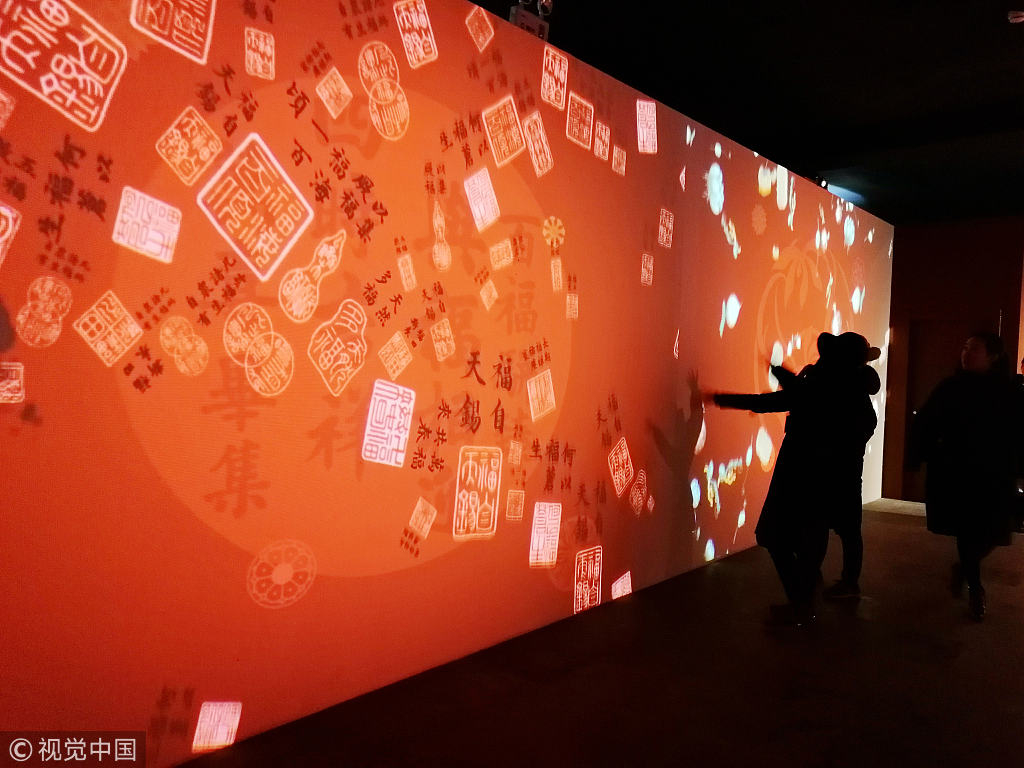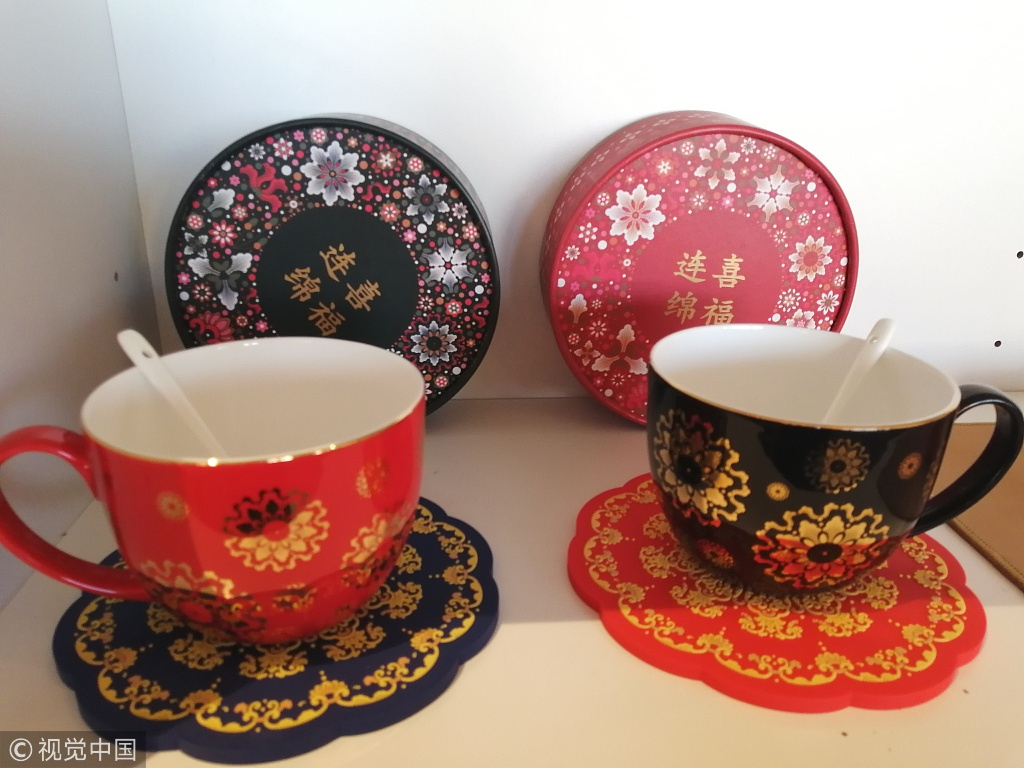
Culture China
17:23, 09-Apr-2019
Technology provides the edge in Chinese museum upgrades
Updated
22:34, 09-Apr-2019
By Sun Qingzhao,Yang Ran
04:05

Today's cultural industries face unprecedented, intense competition. During this year's Two Sessions, China's annual gathering of the national legislature and the top political advisory body, CPPCC member Wan Jie submitted his proposal of using high-tech means to digitalize cultural relics, comprehensively promoting the digital standard of Chinese museums, including the Palace Museum.
The famous landmark, which was China's imperial palace from 1420 to 1911, is one of the most visited tourist attractions nationwide.
Before submitting the proposal, Wan visited the Palace Museum many times and talked with Feng Naien, the museum's deputy director, about digitizing it.
Feng says some measures have been taken. For example, the Palace Museum held an immersive digital experience exhibition during the Spring Festival this year.
The east side-gallery of the Palace of Heavenly Purity featured an immersive digital experience with virtual reality, motion capture, and other interactive technologies, attracting scores of visitors.
“During the Spring Festival, the exhibition attracted audiences from all over the country. Many visitors come to visit the Museum every year, but this year the number is higher,” Feng said.

Seals displayed on screen. /VCG Photo
Seals displayed on screen. /VCG Photo
The number of annual Palace Museum visitors increased from seven million in 2002 to more than 17 million in 2018.
Every day, 170,000 people go in and out.
How this number of tourists can be diverted and given a memorable experience has become one of the biggest questions for the museum.
To do it, the number of visitors has been limited. The site only receives 80,000 per day now and has launched an online reservation system.
Meanwhile, the Palace Museum is working with Artron culture group to collect digital data of the cultural relics. Visitors can see the exhibited artwork through the mobile app after the exhibition.
But the museum faces its own hurdles, such as human and material difficulties.
“Firstly, there is a shortage of talent. At the university, it's hard to find a major about museum digitization. And we also lack material support. I think some social enterprises should work with the museum, as they can provide some equipment,” Feng said.
But it's not only the Palace Museum that is facing development difficulties.
There are nearly 10,000 offline art exhibitions held in China every year, and they are not only limited by time and space, but lack the funds and cultural capital needed to expand and extend after the exhibition ends.
And Wan has discovered that data collection standards for cultural relics in various museums differ across the country.
For years, he has been working to break through these time and space limitations. He applies advanced IT technology to collect digital information for artwork and display them online.

Cups designed with Chinese cultural elements. /VCG Photo
Cups designed with Chinese cultural elements. /VCG Photo
Wan's team also developed equipment suitable for digital collection.
“Here is one of our research centers. Workers are now collecting the digital information of the artwork. Data collected in 3D is used for modeling, and people can see the artwork on a variety of monitors. They can even touch it,” CPPCC member Wan said.
He suggests that digital acquisition work regarding cultural relics should be led by the government.
He hopes small- and medium-sized museums in remote areas can be better funded to make more progress. But, he stresses the importance of attracting young people.
“It is very important to keep with the times and know how to use high technology to let more young people willing to understand the essence of Chinese culture and encourage them to participate in the protection and inheritance of culture,” Wan said.
So far, Wan has visited more than 20 museums in China and abroad, and made active explorations in the field of digital technology for cultural relic protection.

SITEMAP
Copyright © 2018 CGTN. Beijing ICP prepared NO.16065310-3
Copyright © 2018 CGTN. Beijing ICP prepared NO.16065310-3